Destruction of the city and forced displacement of the people of Pshder
The district of Pshdar is part of the Sulaymaniyah province, located in the Raperin administration in the Kurdistan Region of Iraq. Its center is the city of Qaladize. This section consists of six sub-districts.”
The Ba’ath regime initiated the fifth phase of displacement from the Pshdar region, starting from the Sangsar district. Over 17 days, all villages and districts of Pshdar were displaced and divided into 17 forced camps.”After the end of the Iran-Iraq War on August 8, 1988, the Ba’ath regime led by Saddam started on June 20, 1989, the transfer of the city of Qaladze and the entire Pshdar region to camps in western Erbil (Khabat camp) and western Sulaymaniyah (Bazian camp). Subsequently, the city and region were evacuated from its citizens using TNT, leading to the explosion and demolition of all houses, schools, and mosques in the city and region. This area was then declared a prohibited zone.”
According to a confidential regime document dated 11/3/1989, a meeting was held in the office of the Northern Organization of the Ba’ath Party. Governors, military, security, and intelligence officials participated. The next day, the meeting minutes were sent to military intelligence. The fourth article of the minutes discussed the transfer of the entire Pshdar district to camps and surrounding villages, parts of the Sangsar district, and several other areas of the Sulaymaniyah province.”
“The news of the forced expulsion of Qaladze provoked significant international reactions in the media of countries such as France, the United Kingdom, Germany, Israel, Turkey, and Iran, as well as among the centers of Kurdish Front parties abroad. This led to pressure on the Iraqi government from the international community. It seemed that the issue of Kurdistan was advancing on a global level, with Iraqi government representatives in foreign countries being condemned.
Kurdish Front parties tried several times to alert the world to the dangers of the regime.”Despite all efforts to prevent this atrocity, on April 15 and 16, 1989, the government informed the camps in Towasuran and Pamlaki that they would be moved to camps in the provinces of Sulaymaniyah and Erbil.”
In early June, the two camps of Towasuran and Pamalake, followed by the Sangsar district and its surrounding villages, were transferred to the forced camps of Khabat, Jaddah, Baharka, and Daratu in Erbil and the Bazian 1, Bazian 2, and Bainjan camps in Sulaymaniyah.”
“In the final phase, the city of Qaladize and its surrounding villages were transferred to camps on the borders of Erbil and Sulaymaniyah on 26/6/1989. The forced displacement of Pshdar and Qaladize in 1989 had its unique characteristics. Iraq had no excuse, as the Iran-Iraq war had ended. Between 1974 and 1989, the regime, in several phases, bombarded and destroyed cities and villages, justifying them as border protection, forcibly relocating them to a depth of 30 kilometers into areas declared as prohibited.
The regime aimed to strip the people of their revolutionary spirit, gather them in prisons and camps and then suppress and exploit them for its purposes. The chauvinistic policy of scorched earth, which was a crucial point in the plan to dissolve the Kurdish nation into the Arab nation, was pursued from the monarchy era to the arrival of the Ba’athists. While the Ba’ath regime was destroying Pshdar and Qaladize for the umpteenth time, it was rebuilding cities like Basra and Faw in southern Iraq.
However, after all the crimes and genocides committed against the Kurdish people through chemical attacks, Anfal, exile, and Arabization, it could not destroy the will of the Kurdish nation. Eventually, in the 1991 uprising, the Ba’ath regime was expelled from South Kurdistan. The forced displacement of Pshdar and Qaladize left numerous impacts on the city and the Pshdar region in general, which remain in social, economic, political, cultural, agricultural aspects, and more.”
“The Case of Crimes Against the Pshdar Area in the High Criminal Court of Iraq
The case of the crimes against the entire Pshdar district and Qaladize, along with all its surrounding villages, under the charges of destruction, massacre, and forced displacement of the people, similar to the case of the Seyed Sadegh area, was submitted to the High Criminal Court of Iraq. After reviewing the case of destruction and forced displacement of the residents of Pshdar on December 26, 2013, the High Criminal Court of Iraq decided and declared this case as Genocide. However, justice was not served in this case, just as in other crime cases.


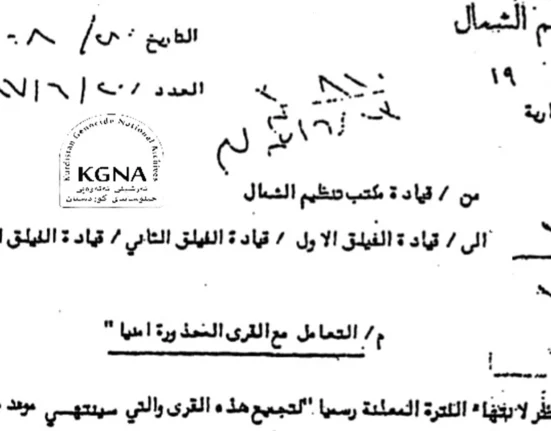

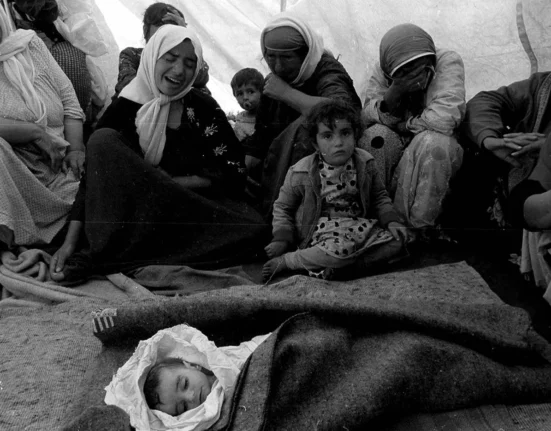

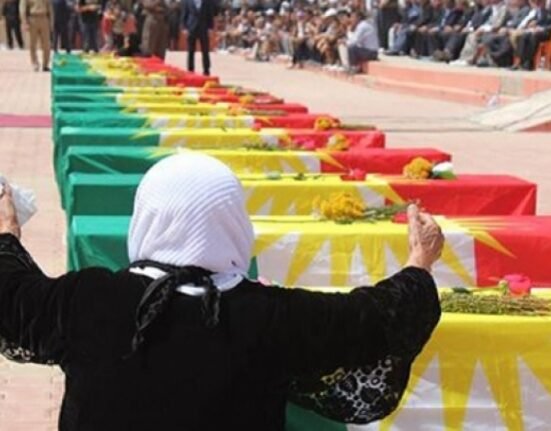
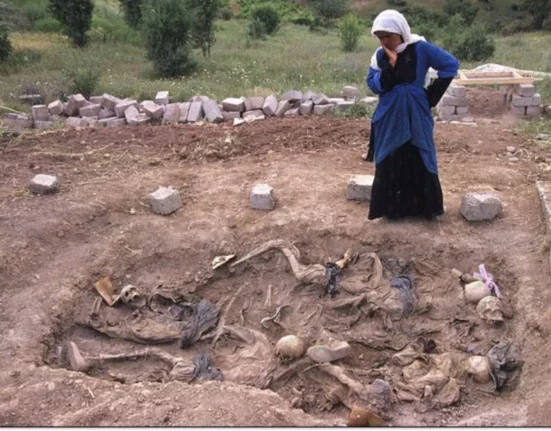
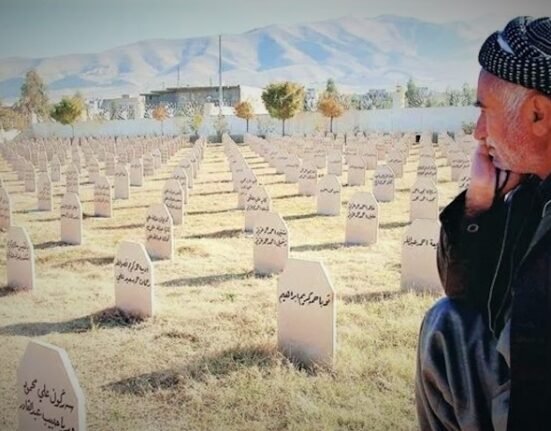

Leave feedback about this